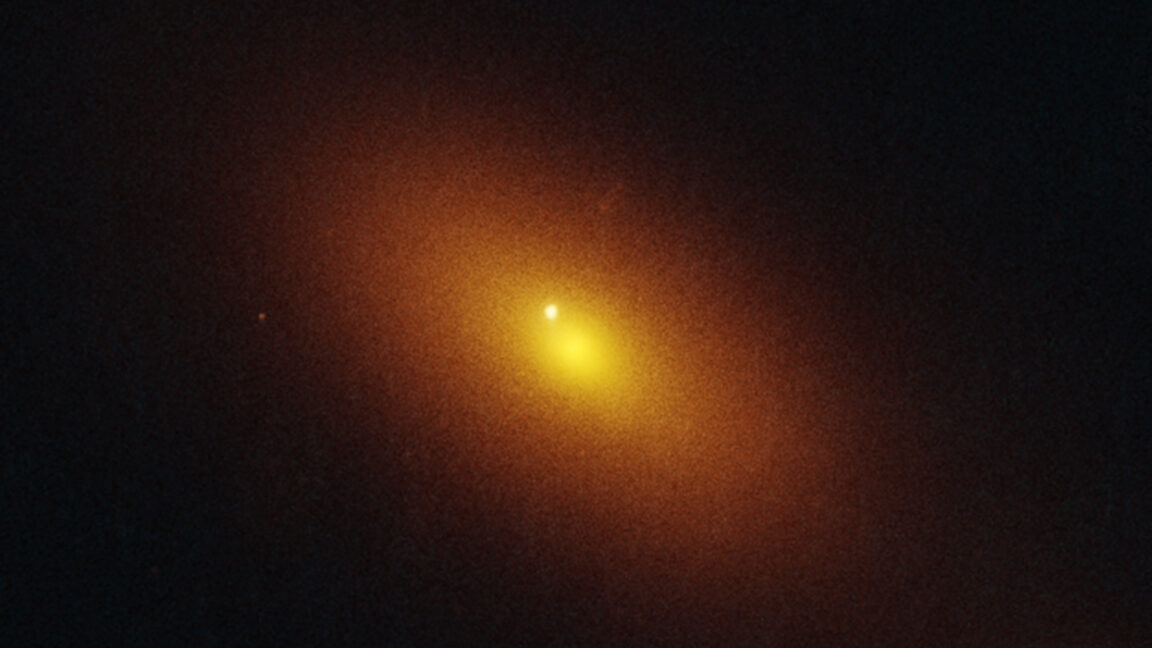
"In most cases, mergers among black holes take millions or even billions of years, leading to a large number of black holes wandering in galaxies."
"Gravitational interactions between black holes can eject the smallest ones, allowing them to escape the galaxy and roam far from the core."
"Larger galaxies tend to show off-center tidal disruption events because past mergers result in more supermassive black holes in their interiors."
"Once a supermassive black hole's event horizon expands enough, stars can pass through without disruption, leading to energetic releases occurring inside the black hole."
The article discusses the dynamics of supermassive black holes within large galaxies, emphasizing that their mergers are slow processes that can take millions to billions of years. It highlights that a single galaxy might host numerous black holes, with some potentially being ejected into space due to gravitational interactions. The paper associated with AT2024tvd suggests that off-center tidal disruption events are more prevalent in large galaxies due to their historical mergers, allowing supermassive black holes to exist further from the center, affecting our observations of these cosmic phenomena.
Read at Ars Technica
Unable to calculate read time
Collection
[
|
...
]